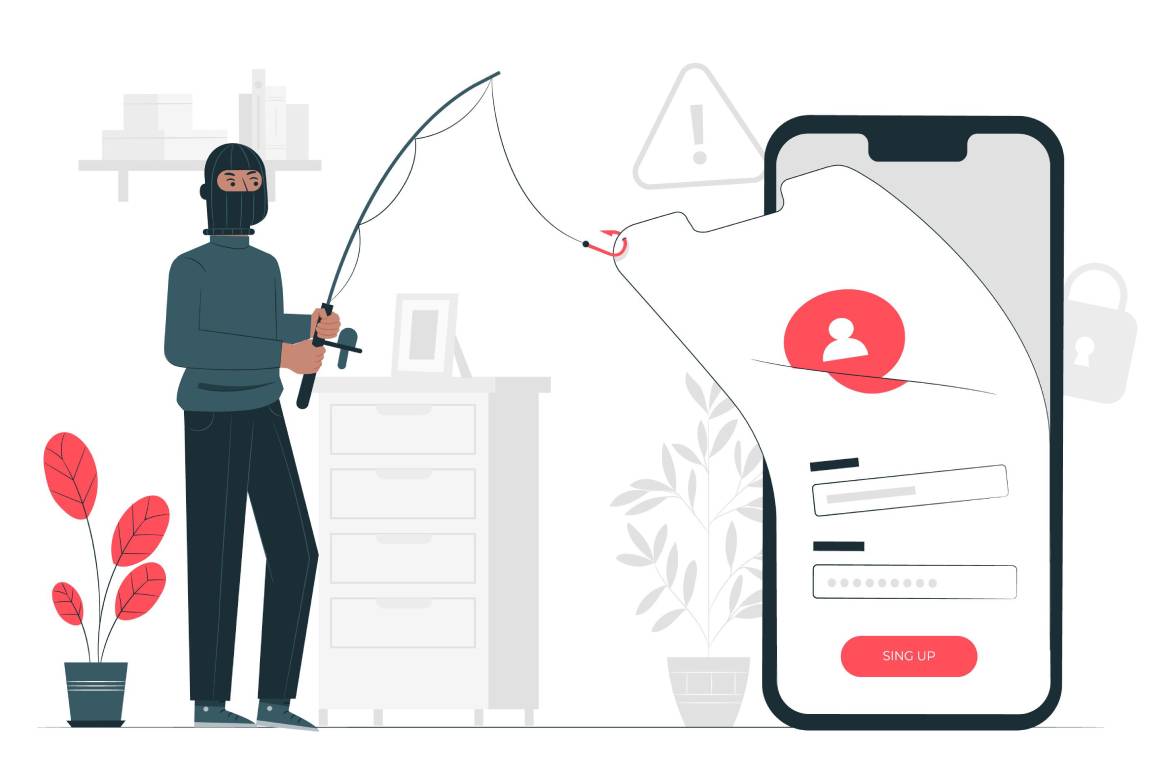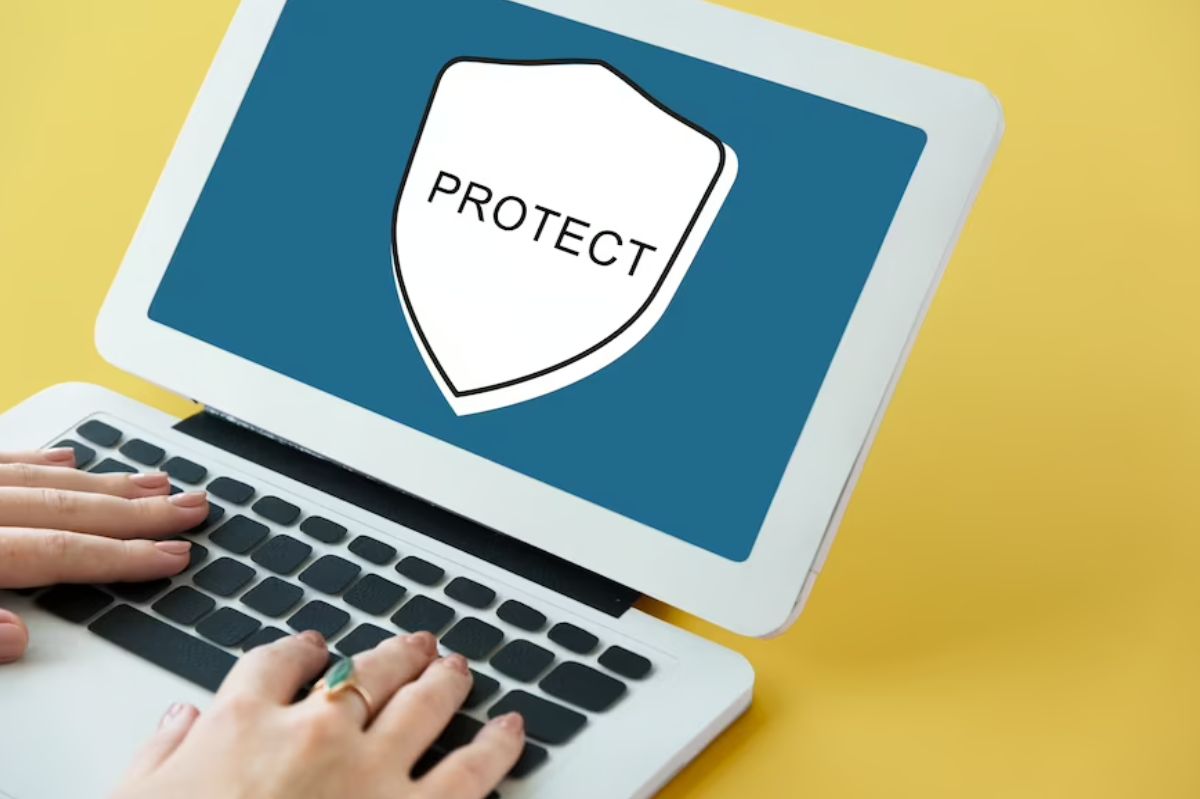Currently, we live in an interconnected world where social networks play an essential role in our daily lives. In these, we expose our lives and what we do at every moment, and we usually use them as photo albums.
However, although we like to share our experiences with our contacts, if we have one open to the public, it is easier for them to obtain information about their data, usernames and passwords for their accounts, and other personal information. In this article we want to give you some tips to protect your privacy.
Table of Contents
1. Use Unique And Strong Passwords
It is essential to create strong, unique passwords for each of your social media accounts. Avoid using common passwords or personal information that can be easily guessed. Choose a good mix of upper and lower case letters, numbers, and symbols. Additionally, consider using a reliable password manager to store and generate strong passwords.
2. Enable Two-Factor Authentication (2FA)
Two-factor authentication adds an extra layer of security to your social media accounts. It usually requires a second form of verification, such as a unique code sent to your mobile device, in addition to your password. Enable 2FA wherever possible to ensure that even if your password is compromised, unauthorized access can be prevented.
3. Check Your Privacy Settings
Review and adjust the privacy settings on your social media accounts regularly. Limit the visibility of your personal information and posts to a select audience, such as friends and family. Avoid sharing sensitive details publicly, such as your address or phone number. Take advantage of features that let you approve tagged photos and restrict who can see your tagged posts.
4. Be Careful With Friend Requests
For greater security of your privacy, it is recommended that your profile be private. However, it would help if you also were careful about which requests you accept. Accept friend or connection requests from people you know and trust.
Be wary of requests from unknown parties, as they may have bad intentions or attempt to gain unauthorized access to your account or personal information.
5. Beware Of Phishing
Phishing is a technique used by cybercriminals to trick people into revealing their login credentials or personal information. Be wary of suspicious messages, emails, or links, especially those that ask for sensitive information, such as access to your bank accounts. Avoid clicking on suspicious links, and never provide your login credentials or personal details over unsecured channels.
6. Update And Protect Your Device Regularly
Make sure your devices, mobile, tablet, and computer, have the latest security updates installed. Use trusted antivirus and anti-malware software to protect against malicious software or malware that could compromise your accounts and privacy.
7. Check Your Account Activity
Periodically review your social media account activity to identify any suspicious or unauthorized access. Check for unknown login locations or devices.
If you notice any unusual activity, change your password immediately and report the incident to the relevant platform.
8. Find Out About The Privacy Policy
Familiarize yourself with the privacy policies and terms of service of the social media platforms you use. Understand how your personal information is collected, stored, and shared. Make informed decisions about the information you share and consider adjusting your privacy settings accordingly.
By following these tips, you can minimize the risks associated with online privacy and enjoy a more secure experience. Remember, it is crucial to stay alert, update your knowledge about new threats, and adapt your security measures.
Also Read: How Small Businesses Can Improve Their Cyber Security




